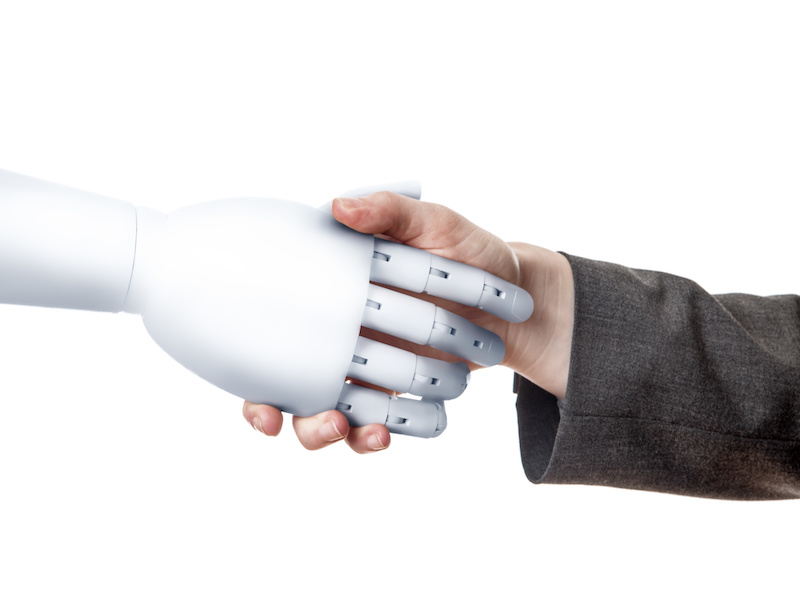
Canadian executives who think they can manage disruptions in their industries could be in for a big surprise if they don’t do more to include human resources in their transformation plans.
Millions of jobs — and the people who fill them — will be affected by artificial intelligence and automation between now and 2022. Organizations that effectively manage these changes will set themselves up for success in the future of work. Those that don’t will struggle to succeed.
Read: Canadian HR functions unprepared for growth of AI, automation: survey
Mercer’s 2019 global talent trends report found that while 80 per cent of executives believe they can lead disruption in their industry, fewer than half involve HR leaders in their transformation plans and only a third rate their company’s ability to mitigate people risks as “very effective.” That’s a huge disconnect, considering the most significant threats to successful organizational transformation are rooted in human capital risk, including the stress triggered by people who feel a lack of control in the face of uncertainty.
Today’s employees have a lot to be stressed about, including the potential threats that AI and automation pose to their jobs. Job security continues to be a top concern for employees, yet a quarter of Canadian workers are worried AI and automation will replace their jobs and more than half of executives expect that to happen to one-fifth of the current jobs in their organization.
Of course, it’s not all bad news. The World Economic Forum predicts that, even as some jobs disappear, AI and automation will create millions of net new jobs by 2022.
Organizations preparing themselves for these changes must address the human capital risks — whether a failure to close the skills gap or low employee engagement — that can slow progress on their transformation efforts. HR is the one function that touches every individual in an organization and appreciates the employee experience; yet, too often it’s called upon only when it’s time to implement a change agenda.
Read: Majority of Canadian employers expecting HR disruption ahead: study
To implement change in the near- to mid-term, it’s time to consider these key HR principles:
Future-proof your employee value proposition:
Employee perceptions about what makes a top employer are changing, with job seekers caring as much about the way a company conducts its business as they do about the business it is in. Successful organizations have discovered they need to infuse their brand into day-to-day practices, stand up for the values they profess and ensure their brand resonates with all segments of their workforce.
It’s important for organizations to know what motivates people to join them, and what benefits will entice them to stay. With clear differences across gender, generation and job level, that’s not easy to do.
Technology can help, but only one in four HR leaders are using analytics to understand individual motivations. Modern benefits solutions will allow HR leaders, and benefits managers, to collect that data, leverage it to understand individual motivations and customize benefits — and the employee value proposition — accordingly.
Curating the work experience:
With the growing use of remote working and virtual teaming, employee engagement and experience depend, to a large extent, on frictionless digital collaboration. Creating a thriving workforce requires a redesign of the work experience to ensure the right information and opportunities are visible to employees at the right time, and to foster employees’ sense of connection to each other and their organization.
Read: 47% of Canadian employees work remotely: survey
AI systems are automating curation based on known and learned information about workers, but for this to have maximum impact, organizations need to know what’s important to an individual, what similar people have valued in the past and when an employee’s priorities change, such as after having a child or when approaching retirement. Once again, technology plays a critical role, but just one in every 50 companies in Canada provides a fully digital experience for its employees.
Just as marketers target personalized digital messages to engage specific consumers, organizations can be more deliberate about what, when and how information is shared with employees.
This deliberate approach can be used to boost employee engagement in benefits in a targeted and personalized way. We know from experience that employees are more likely to be receptive to messages encouraging them to save, take out life insurance or leverage other benefits at pivotal life moments — marriage, purchasing a house, the birth of a child and so on. By deliberately timing communications around these moments that matter, organizations can boost employee engagement with benefits, and reap the rewards.
Read: Does artificial intelligence have a place in human resources?
The future of work has implications for individuals, organizations and society as a whole. Across the trends, what’s apparent is the need for stronger connections between organizations and their people. Winning organizations will be those that become the most human in their interactions — creating a robust employee value proposition, building trust, engaging in genuine and generous dialogue and delivering purposeful experiences that delight and surprise their people.
